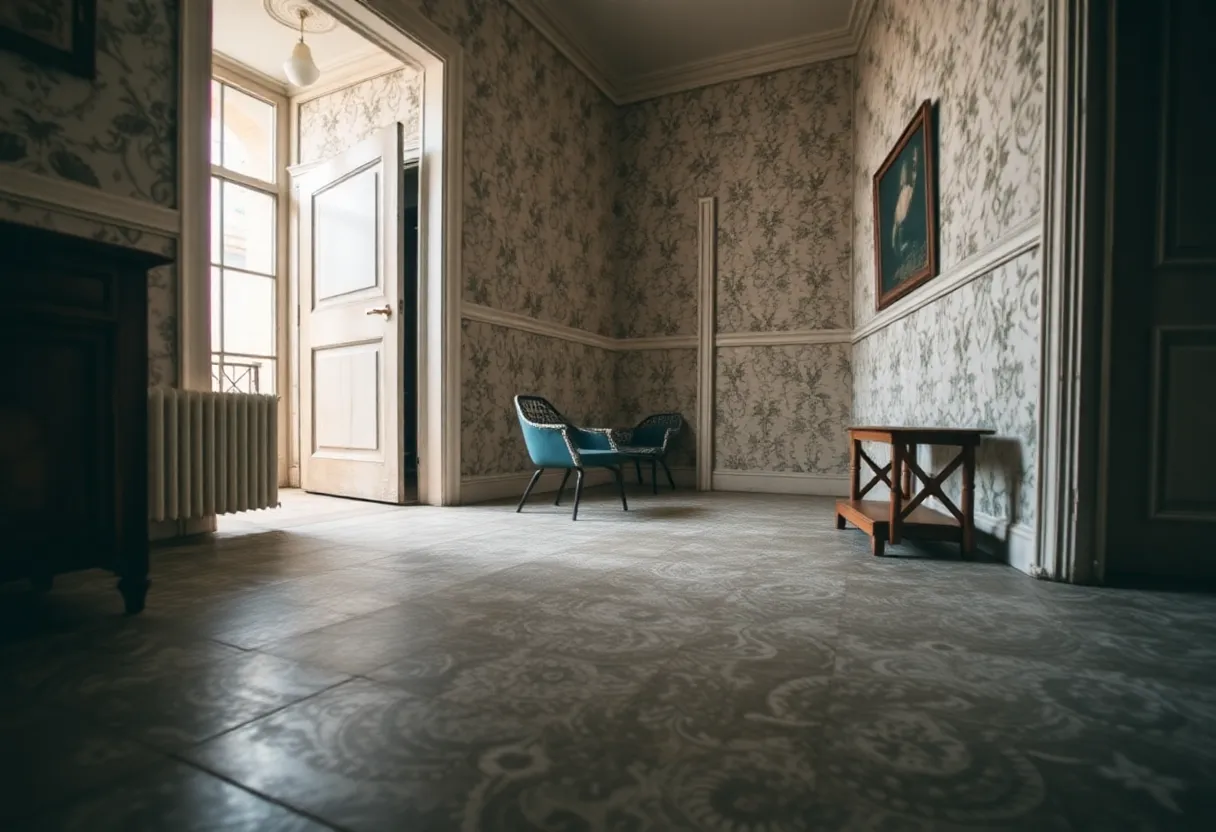News Summary
Explore the dangers of asbestos flooring, its historical context, risks during renovations, and how to manage asbestos safely.
Asbestos Flooring: The Hidden Danger Lurking in Your Home
Asbestos, a once-popular building material prized for its durability and fire resistance, has been linked to severe health risks, notably mesothelioma and lung cancer. Particularly concerning is its prevalence in older flooring materials—where it can still be found in homes, schools, and buildings across the nation, posing a ticking time bomb during renovations or restorations. What exactly should you know about these hazardous flooring materials?
Types of Asbestos-Containing Flooring
Presented with multiple options from the past, homeowners and property managers must be aware of the various types of flooring that may harbor asbestos:
- Tile
- Sheet vinyl
- Linoleum
- Laminate
- Thermoplastic
- Asphalt tiles
- Cement flooring (with asbestos in backing or adhesives)
Among these, asphalt tiles are notorious, especially those produced between the 1920s and 1960s, containing up to a staggering 70% asbestos. Asbestos cement flooring was common in high-traffic areas before the 1980s and can release dangerous fibers when it deteriorates.
Historical Context and Regulation
Asbestos was extensively used until the late 20th century, prompting regulatory responses. In 1989, the U.S. Environmental Protection Agency (EPA) attempted to ban asbestos in various flooring applications, but this ban was overthrown in 1991 due to legal challenges from the industry. Some relief came in 2019 when the EPA finalized a rule banning asbestos-containing vinyl floor tiles.
Looking ahead, the Biden administration has declared a ban on chrysotile asbestos, which includes flooring felt, set to take effect in 2024. This creates a glimmer of hope in combating the persistent threat posed by this carcinogenic material.
Risks during Renovation
The risk of exposure to asbestos significantly increases during renovations or whenever flooring is damaged. Asbestos flooring products are unlikely to be removed professionally and could impact the health of renovation workers and residents. Also, adhesives, especially black mastic, used until the 1990s often contained asbestos, further complicating the issue.
Interestingly, not only those who work directly with flooring materials face exposure risks. Secondary exposure can occur when workers inadvertently bring home asbestos fibers on their clothing, which can result in family members inhaling these hazardous particles.
Brands to Watch For
Historically, many well-known flooring brands incorporated asbestos into their products until the 1980s. To name a few:
- Armstrong
- Flintkote
- Kentile
- Congoleum
- Goodyear
- Johns Manville
- Sears-Roebuck
With older installations, significant efforts have been made by these companies facing numerous lawsuits stemming from exposure risks. Many manufacturers have also set up asbestos trust funds to aid with settlements due to liability claims.
Identifying and Managing Asbestos Flooring
For those living in homes built before 1980, the chances of having asbestos flooring are high. Professionals recommend full inspections to confirm asbestos presence due to the health hazards associated with it. Identifying characteristics include certain designs and colors typical of asbestos tile, such as light blue, cream, pink, or green for tiles.
In most cases, experts advise encapsulating undamaged asbestos flooring instead of attempting removal, which can trigger fiber release. The do-it-yourself removal of asbestos is strongly discouraged due to the inherent health risks. Furthermore, disposal of asbestos materials cannot be treated like regular trash; strict disposal protocols must be followed.
The Ongoing Challenge
As of 2025, the battle against asbestos exposure continues, with businesses facing citations and fines for mishandling removal processes. Asbestos in flooring remains a serious concern, particularly when disturbed or improperly removed, heightening the risk of developing grave health conditions such as mesothelioma and lung cancer.
It is crucial for everyone to stay informed about the dangers associated with asbestos-containing flooring. Proper awareness, inspection, and management can help mitigate risks and protect public health.
Deeper Dive: News & Info About This Topic
HERE Resources
Air Quality Concerns Heightened Following Wildfires in Los Angeles County
Wildfires in Pacific Palisades Raise Alarming Concerns Over Asbestos Exposure
Community Golf Event to Honor Liam Exley
The Fight Against Mesothelioma: A Glimmer of Hope in Cancer Treatment
Understanding the Complex Battle Against Mesothelioma
The Hidden Dangers of Asbestos: What You Need to Know
Widow’s Plea for Memories of Rugeley B Power Station Workers
The Ongoing Saga of Hotel O: A Demolition Delayed by Asbestos Concerns
Penobscot County’s $2 Million Asbestos Dilemma: A Community’s Burden and Opportunity
Asbestos Concerns Spark Urgent Responses in School Renovations
Additional Resources
- KREM: Spokane U-Haul Fined for Exposing Workers to Asbestos
- Wikipedia: Asbestos
- Big Country News: Vancouver House Flippers Fined for Breaking Asbestos Removal Rules
- Google Search: Asbestos Health Risks
- Boston Globe: Ask a Remodeler – Should You Remove Asbestos Flooring?
- Encyclopedia Britannica: Asbestos
- Tri-Cities Dispatch: Environmental Company Hit with $5,000 Fine
- Google News: Asbestos Regulations



















